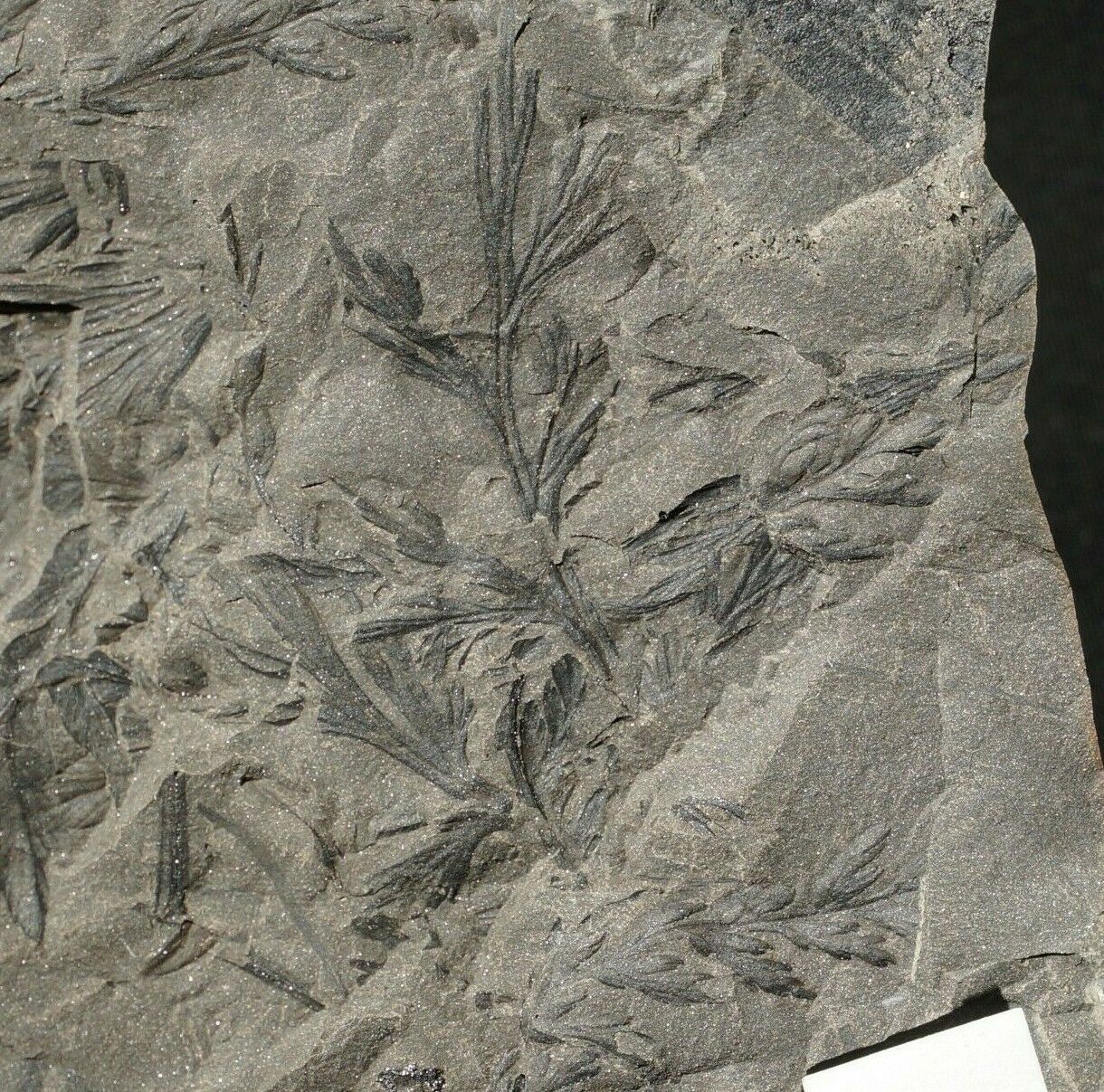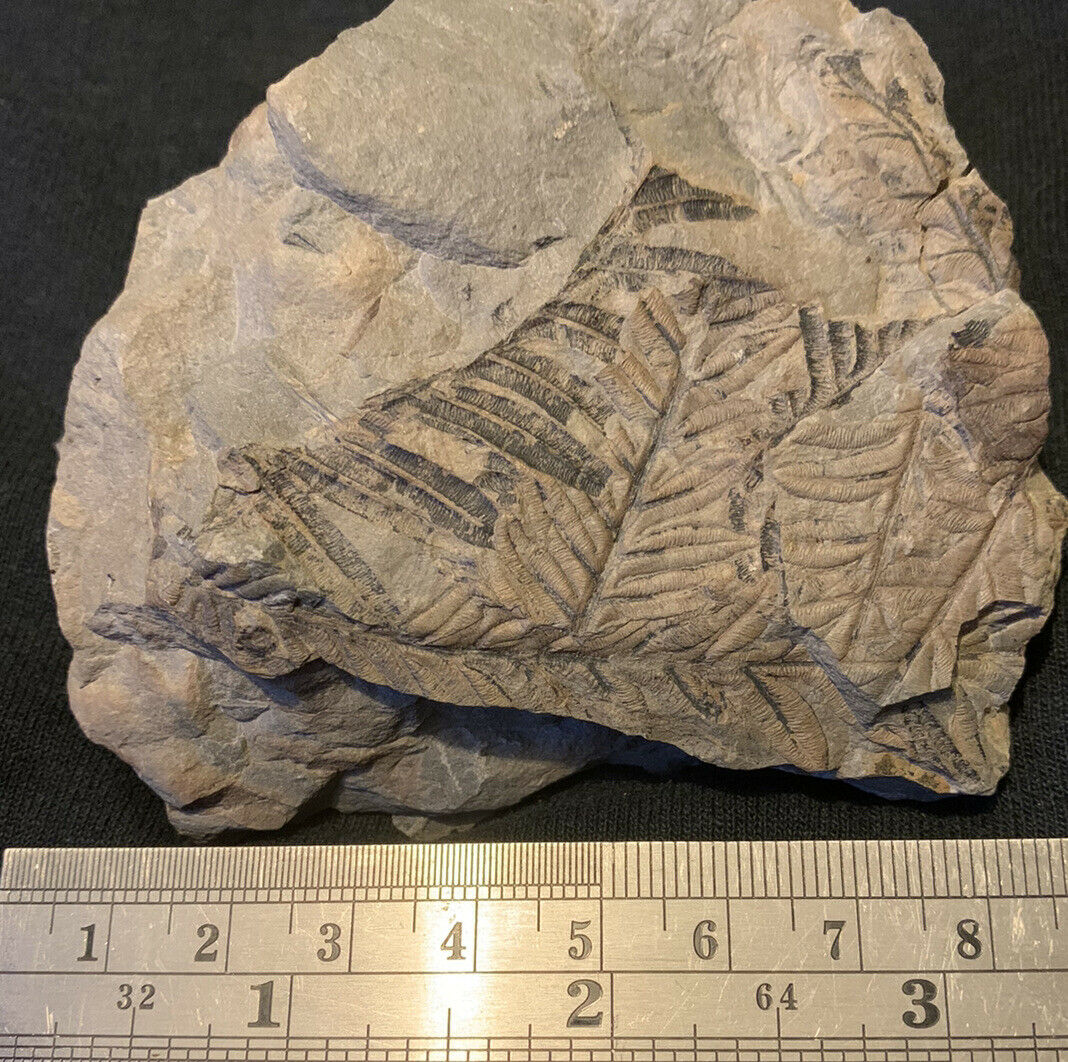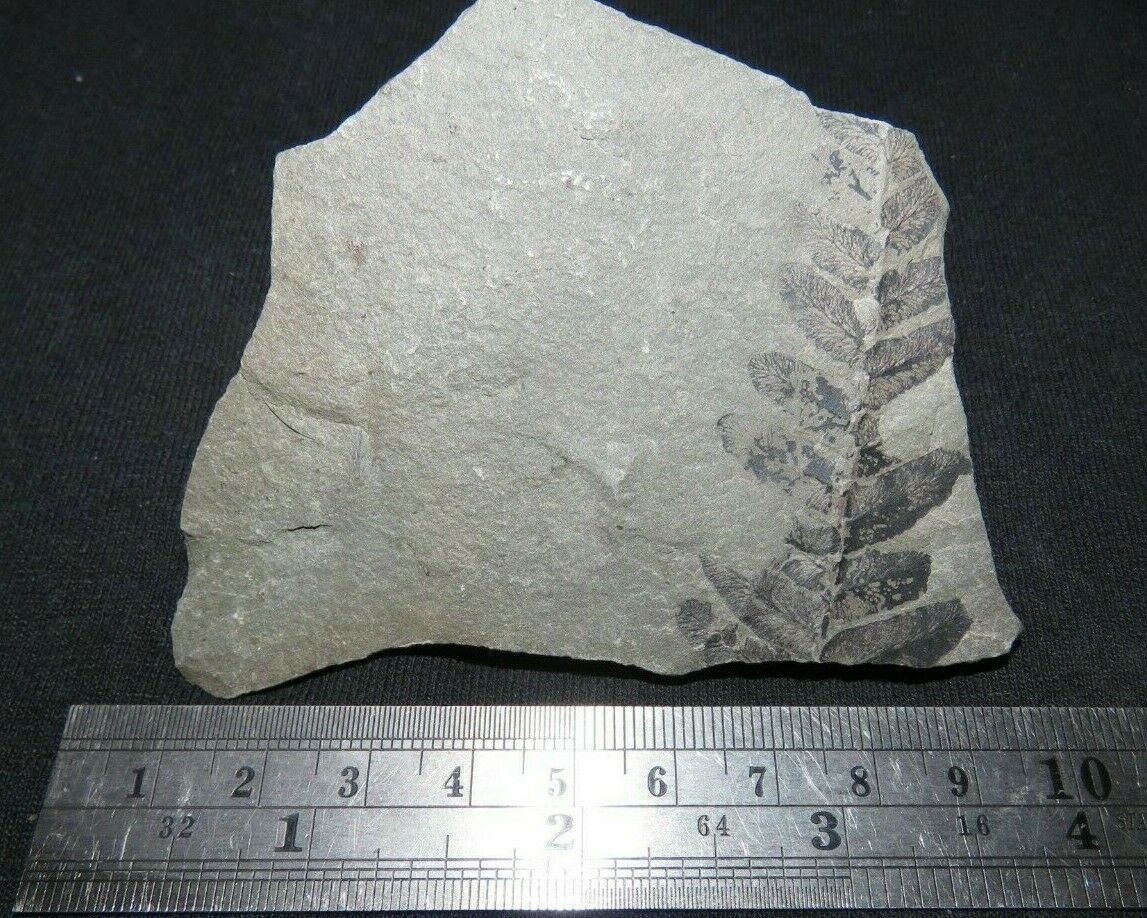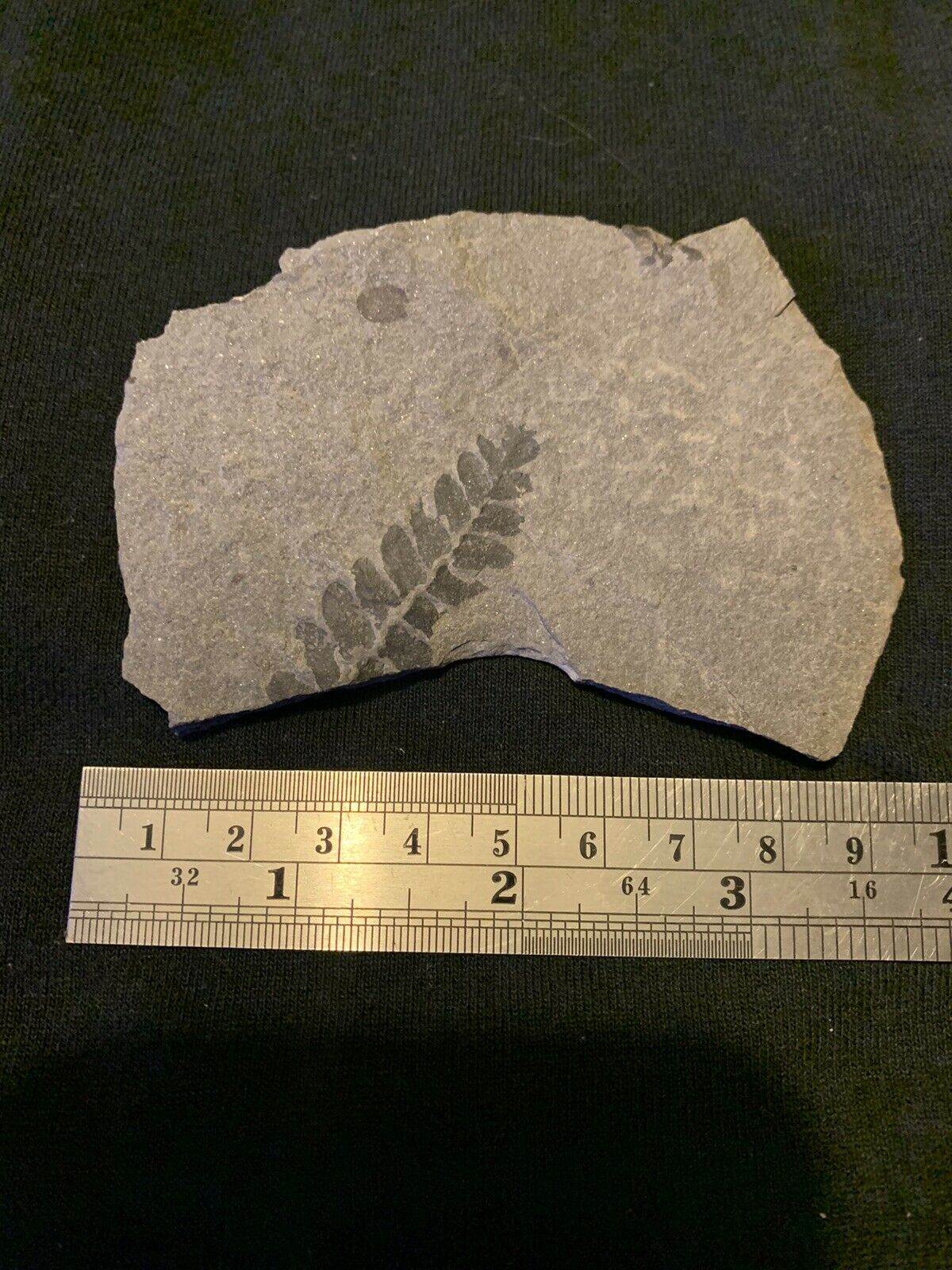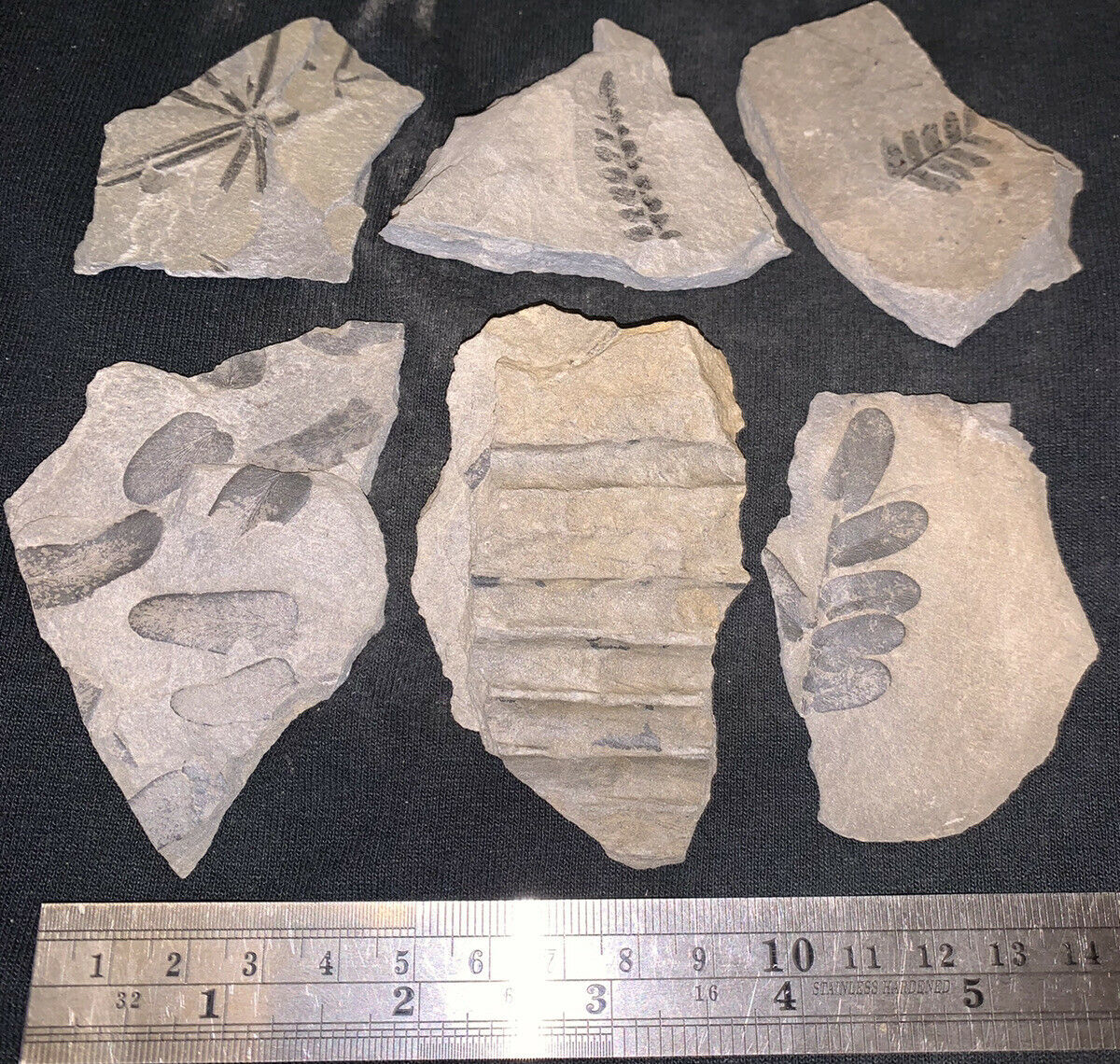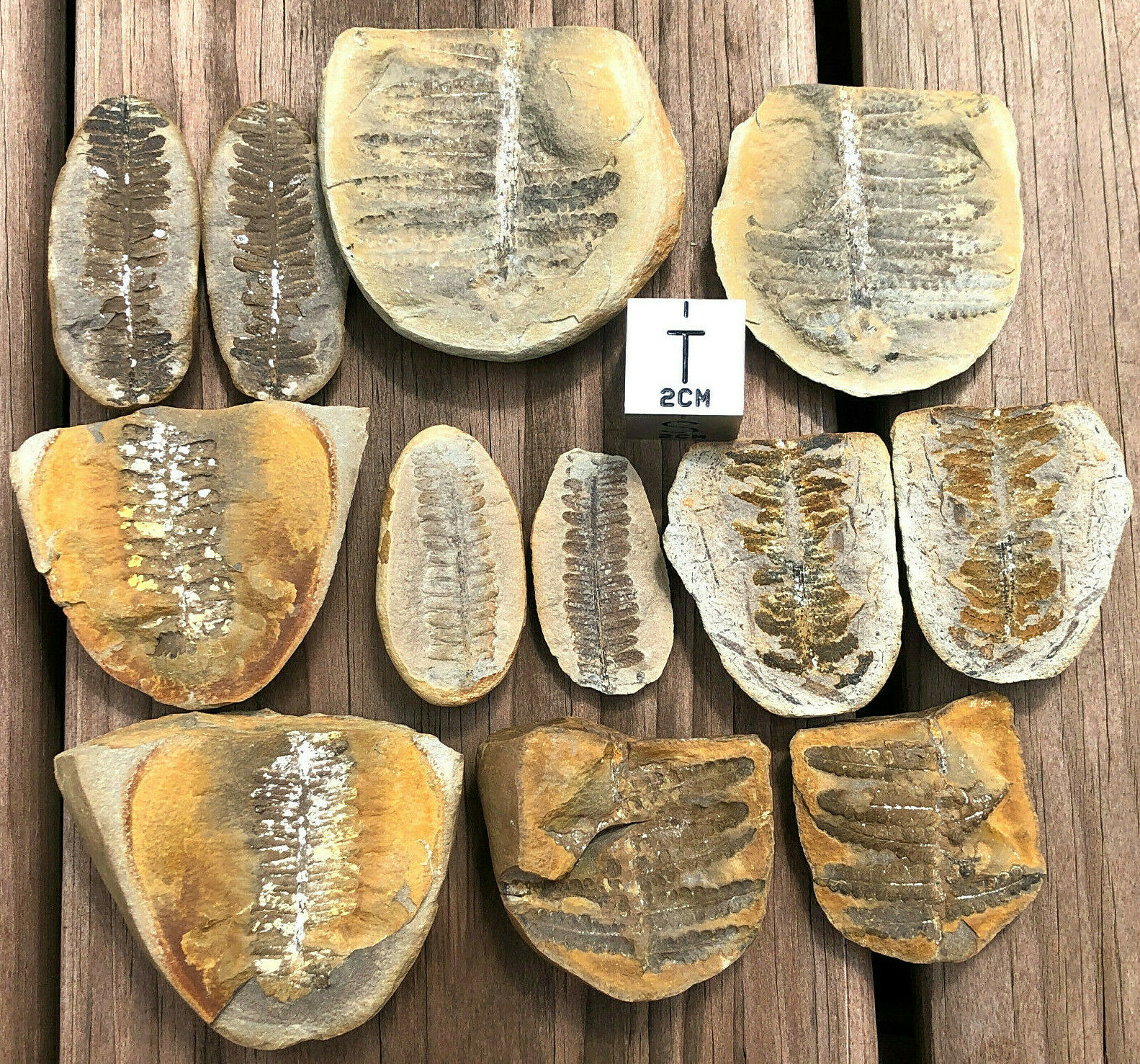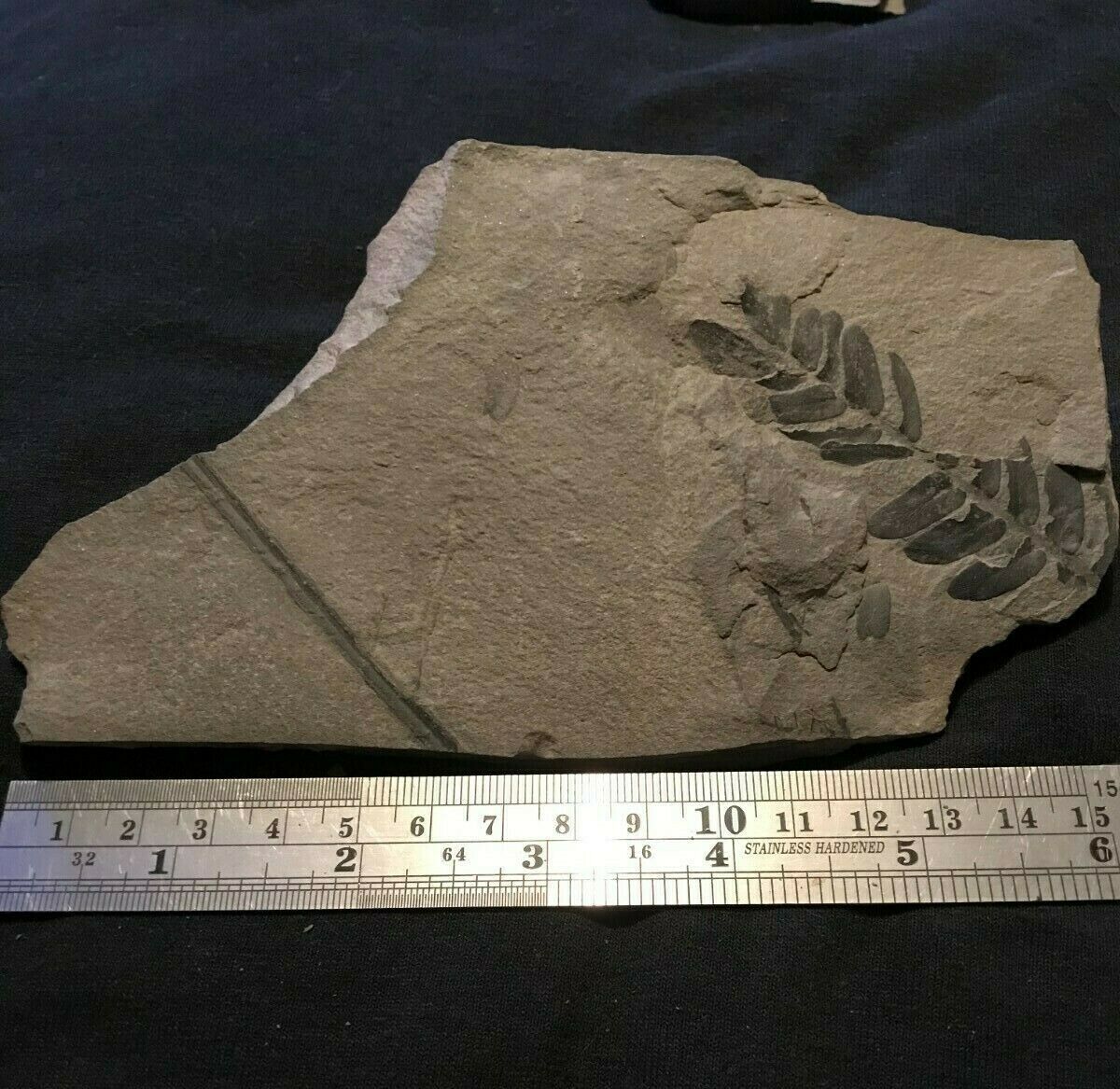-40%
Rarer Carboniferous fossil plant coal age primitive leaf Palmatopteris furcata
$ 19
- Description
- Size Guide
Description
My specimens will be delivered with a "Certificate of authenticity, age and origin" and scientific papers allowing for this plant identification !!!Specimen:
Detailed fossil plant -
u
nusually complete specimen of rarer species of seed fern:
Palmatopteris
furcata
(BRONGNIART) POTONIE 1892
!
Locality:
All detailed and accurate data will be provided with the specimen
Stratigraphy:
Upper Carboniferous, Pennsylvanian / Westphalian B
Age:
ca. 310 Mya
Matrix dimensions:
ca. 13,5 x 6,5 x 2,5 cm ( white square is 1,0 x 1,0 cm)
Description:
U
nusually complete
s
pecimen of very rare
s
pecies of fossil sphenopterid seed fern
:
Palmatopteris furcata
(BRONGNIART) POTONIE 1892
!
Palmatopterids
ferns were a herbaceous "seeds ferns" and were creeping, vine-like plants.
Coal age ferns were mostly a herbaceous "seeds ferns" or were creeping, vine-like plants. Seed ferns (Pteridosperms) were group of seed plants from the Carboniferous and Permian periods (about 360 to 250 million years ago). Some, such as Medullosa, grew as upright, unbranched woody trunks topped with a crown of large fernlike fronds; others, such as Mariopterids, were woody vines. All had fernlike foliage; however, they reproduced by seeds, with ovules and pollen organs attached to the fronds. Gamete - producing structures in the seeds were surrounded by a hard inner integument and a fleshy outer layer. These features have led some authorities to speculate that these seeds may have been dispersed by animals. Some seeds were large. (
Pachytesta gigantea
, a seed of Medullosa, grew up to 7 cm long.) Pollen organs of seed ferns were also large and complex and were commonly made up of many pollen sacs fused into a large structure.
Systematic:
Kingdom: Chlorobiota - Plantae
Family: Lyginopteridae
Genus:
Palmat
opteris
Species:
Palmatopteris furcata
(BRONGNIART) POTONIE 1892
